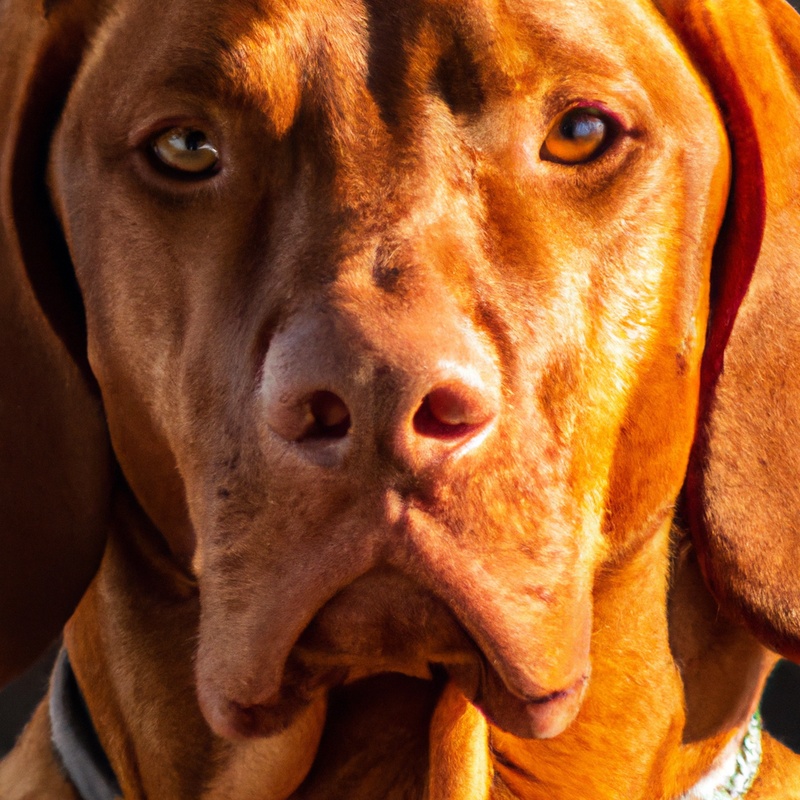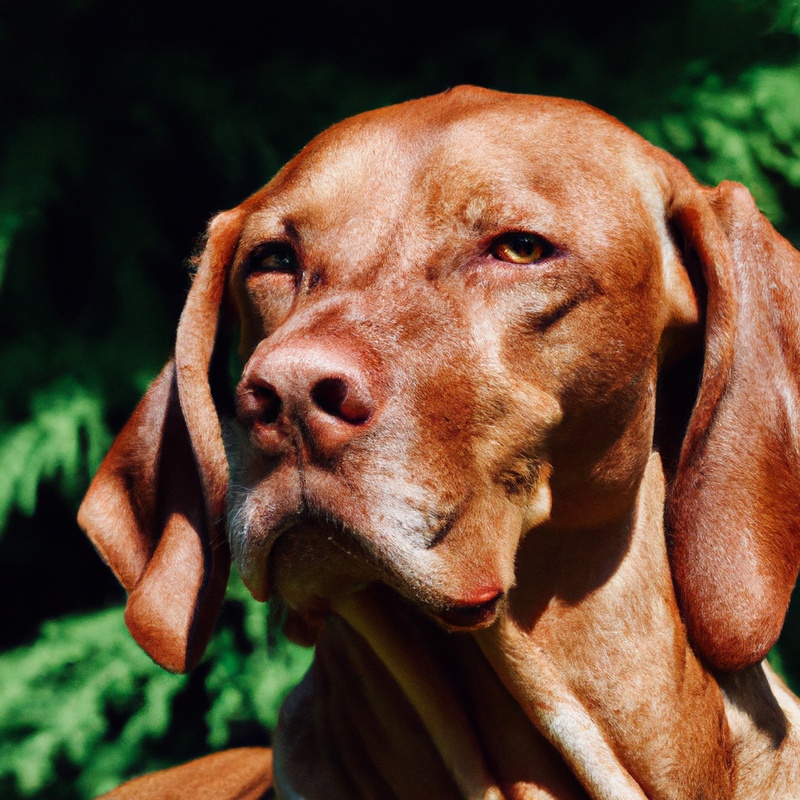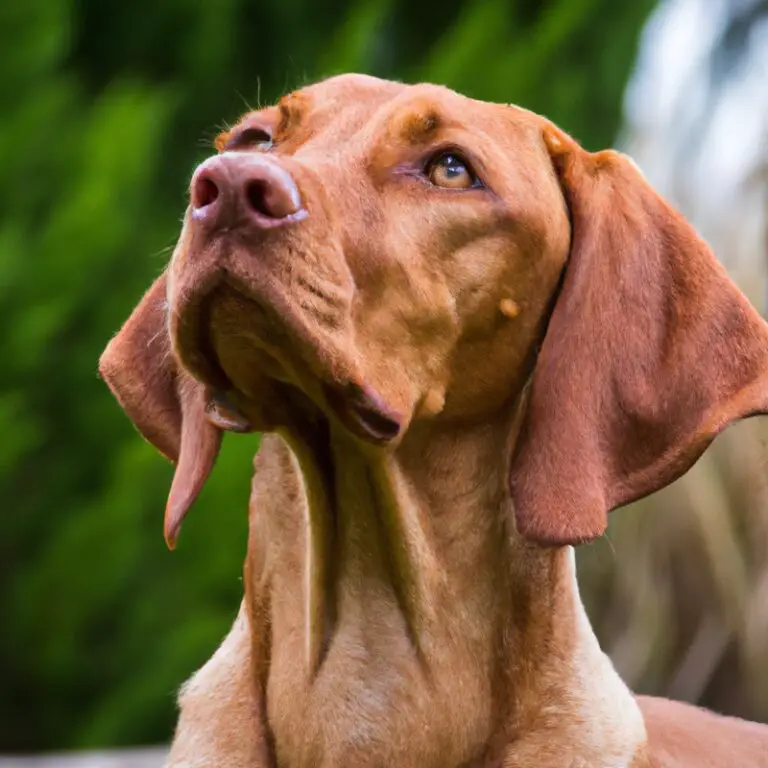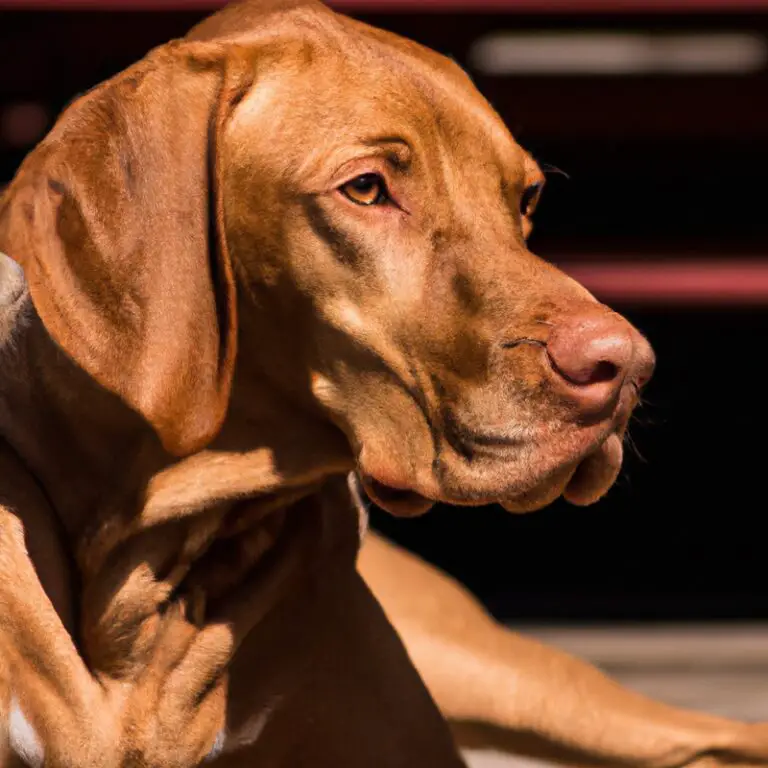How Do I Introduce a Vizsla To a New Dog Or Puppy?
Key Takeaways:
- Introduce the dogs in a neutral territory.
- Allow them to sniff and get to know each other gradually.
- Supervise interactions closely to prevent any aggression.
- Provide equal attention and reward positive behavior.
Imagine the excitement of bringing a new furry friend into your family, only to realize that introducing them to your Vizsla can be quite a challenge. Don’t worry, you’re not alone! As a Vizsla expert, I know firsthand the importance of a smooth and successful introduction.
In this blog, I’ll guide you through understanding the unique traits and socialization needs of Vizslas.
We’ll also explore the preparation steps you need to take, as well as effective strategies for supervising and managing the interaction. So, let’s dive in and ensure a harmonious bond between your Vizsla and their new companion!
| Topic: | How do I introduce a Vizsla to a new dog or puppy? |
| Introduction: | Introducing a Vizsla to a new dog or puppy requires careful planning and supervision to ensure a smooth and positive transition. Here are some steps to follow: |
| Steps: | |
| 1. Prepare the environment: | Set up a neutral space where the dogs can meet without any territorial issues. |
| 2. Separate initial introductions: | Keep the dogs separated initially to allow them to get familiar with each other’s scent. |
| 3. Controlled on-leash meeting: | Use leashes to control the dogs during their first face-to-face meeting. |
| 4. Positive reinforcement: | Rewards and treats can be used to reinforce positive behaviors and create a positive association between the dogs. |
| 5. Supervised interactions: | Gradually increase the amount of time the dogs spend together under supervision. |
| 6. Gradual integration: | Once the dogs are comfortable together, gradually integrate them into more shared activities. |
| 7. Monitor and intervene if necessary: | Keep a close eye on the dogs’ interactions and intervene if any aggressive behavior is observed. |
| Conclusion: | By following these steps and giving both dogs time to adjust, you can successfully introduce a Vizsla to a new dog or puppy and foster a harmonious relationship. |
Understanding the Vizsla Breed
Overview of the Vizsla breed
The Vizsla breed is known for its energy, athleticism, and loyalty. They are medium-sized dogs with a sleek, short coat that comes in various shades of russet gold.
Vizslas are highly trainable and excel in various activities such as agility, hunting, and search-and-rescue.
They have a friendly and affectionate nature, making them great family companions. However, it’s important to note that Vizslas require plenty of exercise and mental stimulation to thrive.
Regular exercise, training, and socialization are key to keeping this breed happy and well-adjusted.
Temperament traits of Vizslas
Vizslas are known for their friendly and affectionate nature.
They are intelligent and eager to please, making them easy to train.
These dogs are very social and get along well with other dogs and pets.
However, they can be quite energetic and require regular exercise to stay happy and healthy.
Vizslas are also very loyal and make great family companions.
Patience, consistency, and positive reinforcement are key when it comes to training a Vizsla.
Socialization needs of Vizslas
Vizslas have high socialization needs to thrive.
It’s vital to expose them to various environments, people, and animals from a young age.
This helps prevent shyness or aggression later on.
Start by introducing your Vizsla to family members and close friends.
Gradually expose them to new people, places, and situations.
Arrange playdates with other friendly dogs to build positive interactions.
Consistency, patience, and positive reinforcement are key when socializing your Vizsla.
Remember to go at their pace and provide plenty of positive experiences.
Preparing for the Introduction
Assessing the Vizsla’s temperament and behavior
Assessing the Vizsla’s temperament and behavior is an important step before introducing them to a new dog or puppy. Pay attention to how they react to different situations, people, and other animals.
Observe their body language, energy level, and overall behavior.
Are they friendly, confident, and relaxed? Do they show signs of aggression or fear?
It’s also helpful to consider their past experiences and any history of aggression or socialization issues.
Taking the time to understand your Vizsla’s temperament will allow you to make informed decisions when it comes to introductions.
Choosing the right environment for the introduction
When introducing a Vizsla to a new dog or puppy, it’s important to choose the right environment for the introduction.
Find a neutral location that is free from distractions.
This could be a park or a fenced-in yard.
Make sure both dogs have plenty of space to move around and explore.
Avoid introducing them in either dog’s territory, as this could lead to territorial behavior.
It’s also a good idea to have both dogs on a leash during the initial introduction to maintain control.
Pre-introduction training and exercises
When introducing your Vizsla to a new dog or puppy, pre-introduction training and exercises are important. Start by ensuring your Vizsla has basic obedience training and listens to commands.
Familiarize them with the scent of the new dog or puppy by swapping bedding or toys before the introduction.
Allow them to sniff each other through a barrier like a baby gate or crate. Gradually increase their interactions under supervision, rewarding calm and positive behavior.
This helps create a positive association and sets the stage for a successful introduction.

Supervising and Managing the Interaction
Signs of positive and negative interactions
Signs of positive interactions include wagging tails, relaxed body language, playfulness, and mutual sniffing.
Both dogs may take turns chasing or wrestling with each other, and their interactions are characterized by a balance of give and take.
Positive interactions promote bonding and can lead to long-lasting friendships.
On the other hand, negative interactions are marked by stiff body language, raised fur, growling, or snarling.
Dogs may show signs of aggression, such as lunging or snapping at each other.
It is important to intervene and separate them if the interaction becomes hostile.
Negative interactions should be addressed promptly to prevent further escalation and potential harm.
Strategies for addressing unwanted behaviors
When addressing unwanted behaviors in dogs, it’s important to focus on positive reinforcement and clear communication. Here are some strategies to consider:
- Identify the root cause: Determine why the unwanted behavior is occurring. Is it due to fear, boredom, or lack of training?
- Consistency is key: Establish consistent rules and boundaries to help your dog understand what is expected of them.
- Reward good behavior: Use positive reinforcement, such as treats or praise, when your dog exhibits desirable behaviors.
- Redirect their attention: If your dog engages in an unwanted behavior, redirect their attention to a more appropriate activity or provide an alternative outlet for their energy.
- Seek professional help if necessary: If the unwanted behavior persists or worsens, consult a professional dog trainer or behaviorist who can help identify and address the underlying issues.
Using positive reinforcement during the interaction
During the interaction, it’s important to use positive reinforcement to encourage the desired behavior. Reward your Vizsla and the new dog or puppy for calm and friendly interactions with treats, praise, and affection.
This will help them associate positive experiences with each other.
Remember to be patient and consistent in your approach, ensuring that both dogs feel safe and comfortable throughout the process. Using positive reinforcement will create a positive and harmonious environment for the introduction.
Post-Introduction Considerations
Monitoring the Vizsla’s behavior after the introduction
After introducing your Vizsla to a new dog or puppy, it’s important to closely monitor their behavior.
Pay attention to their body language and vocalizations to ensure they are comfortable and getting along.
Look for signs of aggression, fear, or anxiety such as growling, snarling, or hiding.
It’s normal for some initial tension or dominance displays to occur, but if the behavior escalates or becomes aggressive, separate the dogs and consult a professional trainer or behaviorist.
Positive interactions, playfulness, and relaxed body language are all good indicators that the introduction was successful.
Addressing any new behavioral issues
Addressing any new behavioral issues that may arise when introducing a Vizsla to a new dog or puppy is essential for a smooth transition. Here are a few tips to help you out:
- Provide individual attention: Each dog needs their own dedicated time and attention to avoid jealousy or feelings of neglect.
- Establish rules and boundaries: Consistency is key when it comes to behavior. Clearly communicate and enforce rules to prevent any conflicts or dominance issues.
- Gradual introductions: Start with brief, supervised interactions and slowly increase the duration and frequency as the dogs become more comfortable with each other.
- Positive reinforcement: Reward good behavior with treats, praise, and affection. This helps to reinforce positive associations and encourages desirable behavior.
- Seek professional help if needed: If behavioral issues persist or escalate, consulting a professional dog trainer or behaviorist can provide valuable guidance and support.
Remember, every dog is different, so be patient and understanding as you address any new behavioral issues and work towards fostering a harmonious relationship between your Vizsla and their new companion.

Reinforcing positive interactions
To reinforce positive interactions between your Vizsla and a new dog or puppy, it’s important to focus on a few key strategies:
- Set up supervised play sessions: Create controlled environments where both dogs can interact, providing plenty of positive reinforcement, praise, and treats for calm and friendly behavior.
- Gradually increase time together: Start with short, supervised interactions and gradually increase the duration as both dogs become comfortable. Remember to closely monitor their body language and intervene if any signs of stress or aggression appear.
- Use positive reinforcement techniques: Reward both dogs for positive behaviors such as sniffing, playing, or calmly approaching one another. This will help them associate each other’s presence with pleasant experiences.
- Provide separate quiet spaces: Ensure that each dog has their own space where they can retreat to whenever they feel overwhelmed or need some alone time. This can help prevent any potential conflicts.
Remember, each introduction is unique, and it’s crucial to prioritize the safety and well-being of both dogs. Take it slow, monitor their interactions closely, and consult a professional trainer or behaviorist if needed.
Frequently Asked Questions (FAQs)
How long does it take for Vizslas to get along with other dogs?
Vizslas are generally social dogs and can get along with other dogs quite well.
The time it takes for a Vizsla to get along with a new dog or puppy can vary.
Some Vizslas may establish a bond quickly, while others may take a bit longer to adjust.
It depends on factors such as their personalities, past experiences, and the way they are introduced.
Patience, positive reinforcement, and supervised interactions are key in helping Vizslas build positive relationships with other dogs.
It’s best to allow them to gradually get acquainted and give them time to develop a good rapport.

Can Vizslas be aggressive towards other dogs?
Vizslas can have a tendency to be aggressive towards other dogs, especially if they are not properly socialized or trained.
It is important to introduce them to other dogs at a young age and continue socializing them throughout their life.
Monitoring their behavior and providing positive reinforcement can help prevent aggression towards other dogs.
Supervised interaction with calm and friendly dogs is recommended to ensure a positive experience for both the Vizsla and the other dog.
Should Vizslas always be supervised during introductions?
Yes, Vizslas should always be supervised during introductions with other dogs or puppies.
Vizslas can be a little sensitive and may not always get along with every dog they meet.
It’s important to keep a close eye on their interactions to ensure that they are getting along and to intervene if necessary.
Supervision allows you to monitor their body language and behavior, and step in to prevent any potential conflicts or aggression.
It’s better to be safe and supervise the introductions to make sure it goes smoothly for everyone involved.
Final Verdict
Introducing a Vizsla to a new dog or puppy requires careful planning and consideration. Understanding the breed’s temperament traits and socialization needs is crucial.
Assessing the Vizsla’s behavior and choosing the right environment for the introduction are essential steps.
Pre-introduction training and exercises can help set the stage for a successful interaction. During the introduction, supervising and managing the interaction while using positive reinforcement is key.
After the introduction, monitoring the Vizsla’s behavior, addressing any new issues, and reinforcing positive interactions are important.
To summarize, with proper preparation and guidance, a Vizsla can form a positive relationship with a new dog or puppy.








